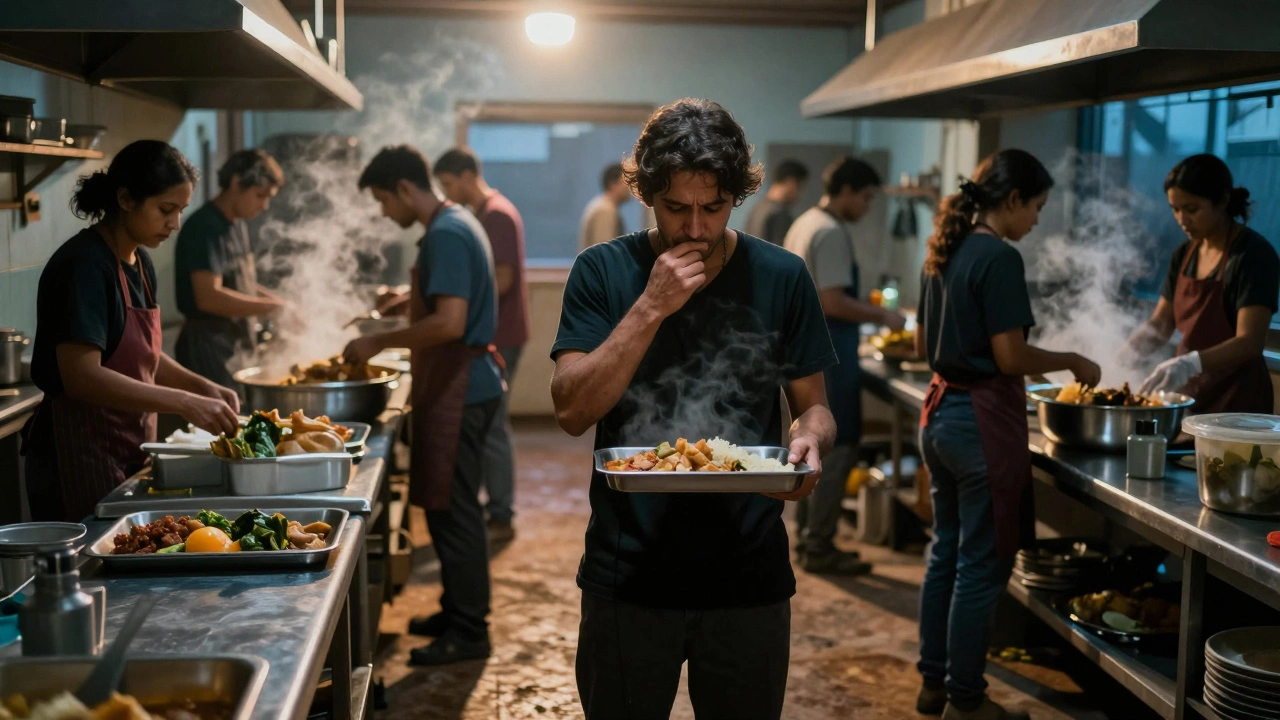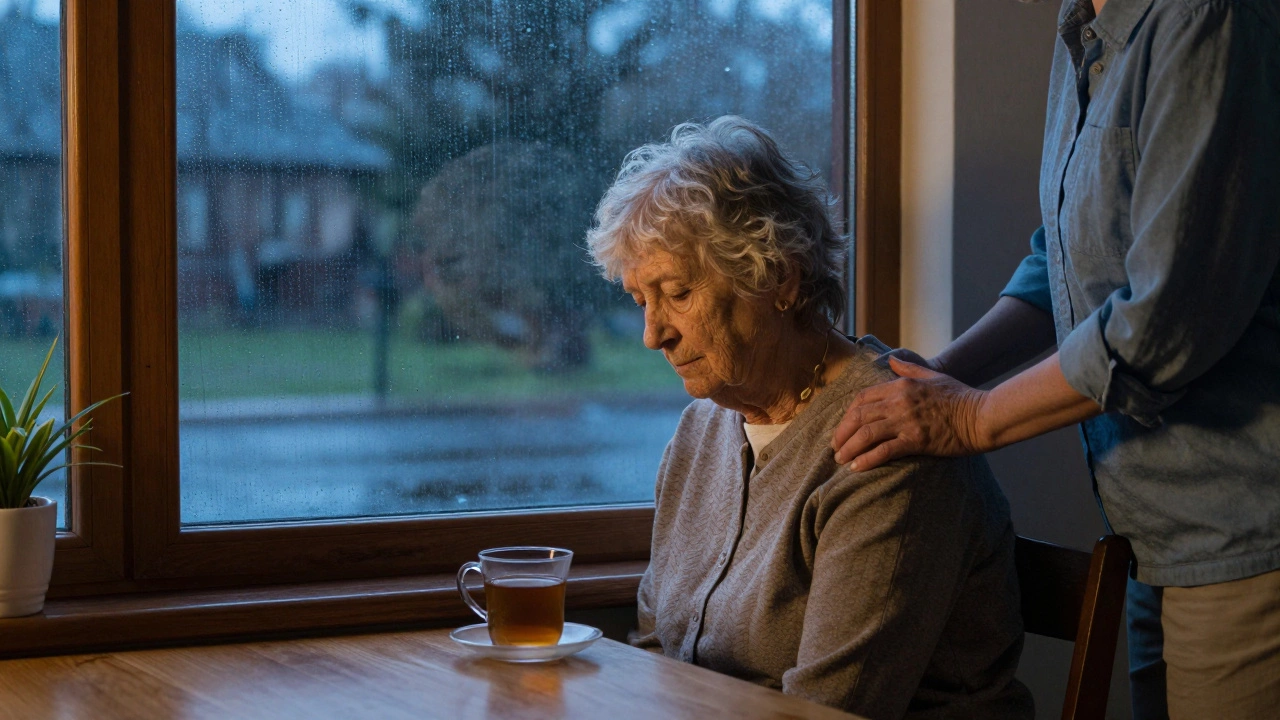Volunteer Burnout: Why It Happens and How to Prevent It
When someone gives their time to help others—whether sorting clothes at a charity shop, running a local group, or organizing events—they’re doing something meaningful. But over time, that kindness can turn into exhaustion. This is volunteer burnout, a state of physical, emotional, and mental fatigue caused by long-term volunteering without adequate support or rest. It’s not laziness. It’s not lack of care. It’s what happens when giving becomes unsustainable. Many people in the Minehead & District U3A Society Hub and similar groups have felt it: showing up week after week, saying yes to every request, and then feeling drained, resentful, or just plain done.
Charity work, the backbone of local community efforts, often relies entirely on unpaid volunteers. volunteering isn’t a job with set hours or paid breaks. That freedom is great—until it isn’t. Without clear boundaries, volunteers start taking on too much. They skip meals to finish a task. They cancel personal plans to cover for someone else. They feel guilty if they say no. This is where volunteer fatigue, the slow build-up of stress from constant giving without recovery sets in. And when burnout hits, it doesn’t just hurt the individual—it hurts the whole group. Events get canceled. groups shrink. Momentum stalls.
It doesn’t have to be this way. The best community groups don’t just ask for help—they protect their helpers. That means rotating tasks so no one is stuck with the same job forever. It means checking in, not just with emails, but with real conversations. It means letting people take a month off without guilt. It means celebrating small wins, not just big fundraisers. Community outreach, the effort to connect with and support local people only works when the people doing the outreach are still standing.
And it’s not just about avoiding exhaustion. It’s about making volunteering something people want to come back to. Think about the person who started helping because they wanted to meet people. If they’re now stressed and isolated, the whole point is lost. The goal isn’t to have the most volunteers—it’s to have the right volunteers, who feel valued, heard, and rested. That’s how groups stay strong for years, not months.
You’ll find real stories here—people who pushed through burnout, people who walked away and came back, people who learned to say no without apology. You’ll see how other groups handle shifts, training, and recognition. And you’ll find practical steps you can start using this week, whether you’re leading a group or just showing up to help.

What Is the Hardest Part About Volunteering?
The hardest part about volunteering isn't the work-it's the emotional toll of caring deeply in a world that doesn't always change. Learn why volunteers quit, how to avoid burnout, and what really makes a difference.

What Is the Hardest Part About Volunteering?
The hardest part about volunteering isn't lack of time-it's the emotional toll, burnout, and feeling invisible. Learn what no one tells you before you sign up.

When Should You Stop Volunteering? Signs It’s Time to Step Back
Knowing when to stop volunteering isn't quitting-it's protecting your well-being so you can keep helping in a sustainable way. Recognize the signs of burnout and learn how to step back with grace.